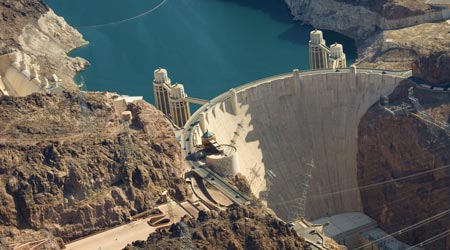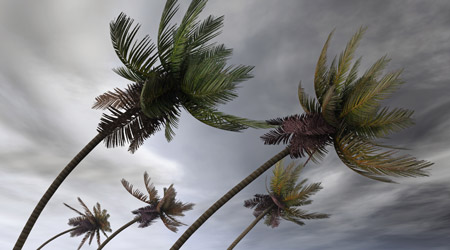
Lake Mead Shows Long-Term Effects of Drought on Western States
October 13, 2016
Drought conditions in California and other western states in the country is a recurring theme in many of the articles we write for
Facility Maintenance Decisions and in discussions with maintenance and engineering managers at institutional and commercial facilities.
States are restricting water use for both residents and institutional and commercial facilities and leveling fines when necessary in hopes of relaying to users how dire the situation has become.
For those not living in the region or are unsure how the region’s situation became so perilous, the Los Angeles Times published an
interesting article on Lake Mead, the largest reservoir to the Colorado River, a primary water source for the western states. The article takes a fascinating look at the water of level of the man-made lake, currently at an all-time low, and how it impacts the neighboring states that rely on the watershed.
According to the article, the region may have to accept the water shortages for a long time.
“What the models say is that, in the future, most years will be shortage years,” says Bill Hasencamp, the manager of Colorado River resources for the Metropolitan Water District of Southern California. “Shortages are going to be a way of life.”
For more on water conservation in the region, read our 2015 article on Caesars Palace’s efforts to
reduce its use in Las Vegas.
This quick read was submitted by Dave Lubach, associate editor for Facility Maintenance Decisions. Reach him at dave.lubach@tradepress.com.
Next
Read next on FacilitiesNet












